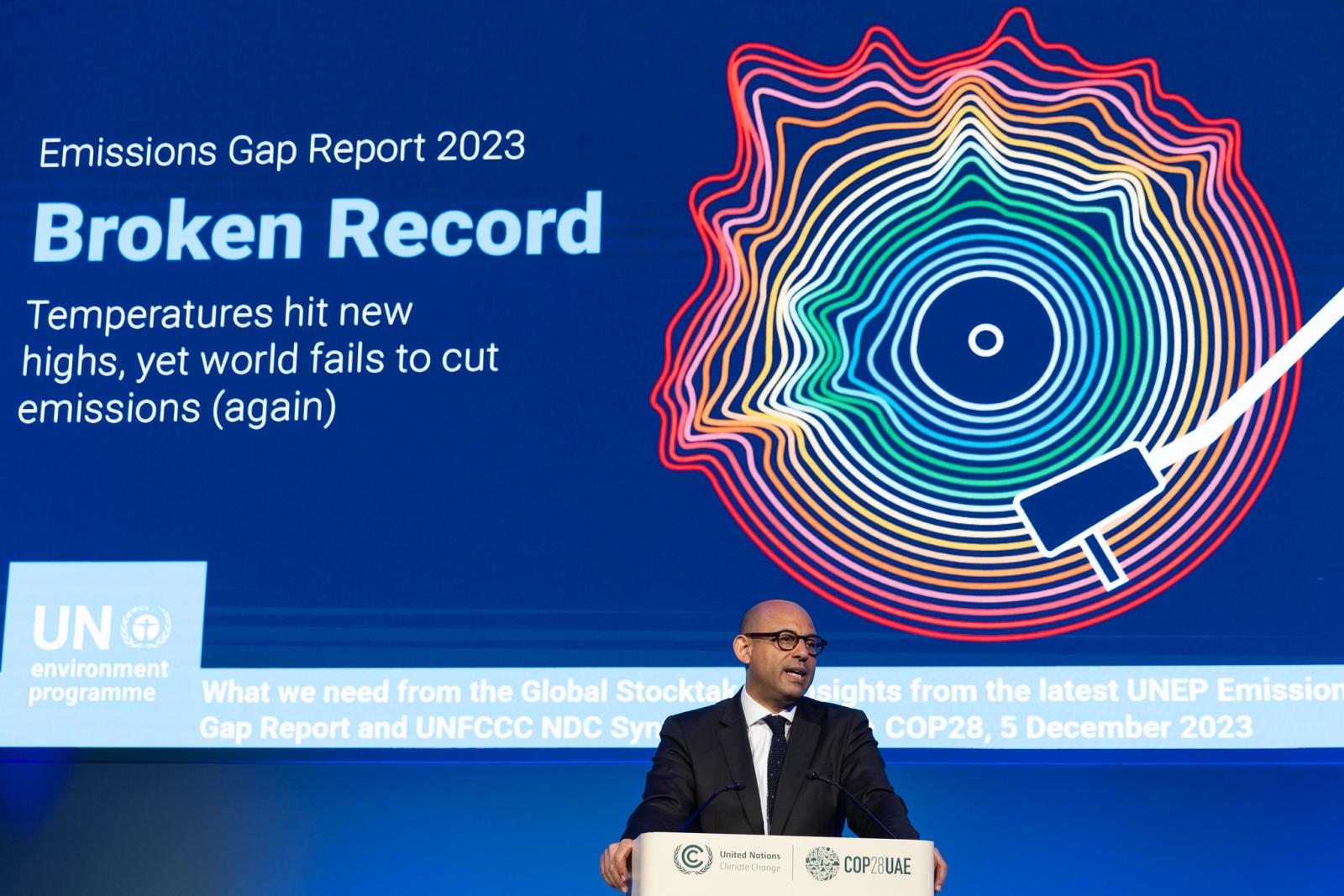The fourth day of the FENS has been characterized by the controversial absence of Yoshiki Sasai, whose participation to the conference was in the schedule but it was very recently cancelled. It seemed to me that, as the proverbial elephant in the room, all of the attendants knew about it but few commented. Although no official communications were given, it would be easy to guess that her absence might be connected to the recent retraction of her paper by Nature. As this particular piece of news reached many researchers over the last few weeks, many were probably hoping that this venue could have been an occasion for presenting some clarification to the scientific community on behalf of the authors. Nonetheless, the Forums continued, presenting many interesting presentations.
3 – Hey Kyoung Lee, John Hopkins University, New York, USA
Hey Kyoung Lee’s efforts allowed us to understand the physiological modification that occurs in the cortex after prolonged sensory deprivation. The loss of one of the senses, e.g. vision, enhances sensibility in other senses. This phenomenon is due to two main events: the scaling up of the intensity of signals of the remaining senses on their reciprocal primary areas and the scaling down of inputs of coming from other cortical regions into the aforementioned primary areas. Lee’s study shows how in sensory loss, the enhanced sensibility of the remaining senses arises at the expenses of other cortical processes which are still to be fully explored.
2 – Lisa Giocomo, Stanford University, USA
Lisa Giocomo’s lab studies the functions of grid cells in the enthorinal cortex. These cells are involved in providing memory and learning during free navigation of animals, cooperating in orientation behavior in open space. Her extensive study showed the importance of a specific group of the enthorinal cortex called border cells. These cells are important for maintaining for maintaining over time a stable memory of the space and therefore good orientation abilities. In conclusion, her work provided, in a very robust and accurate way, a model of a rather complex mechanism.
1 – Gilles Laurent, Max Plank Institute Franckfurt, Germany
Gilles Laurent’s lab aims to understand the mechanisms and the algorithms running in different nervous systems. They already managed to explore simple systems, such as the insect olfactory systems, and are now investigating the dorsal cortex of reptiles. They chose this model for its relative simplicity and close evolutionary proximity to the mammalian cerebral cortex, on which they aim to move forward next. The techniques developed and used in Laurent’s lab include innovating molecular, electrophysiological and imaging tools, which all combined are providing the necessary conditions for deciphering the functions of this important system, and hopefully of other similar ones, a very exciting and inspiring perspective for the future of this field.



